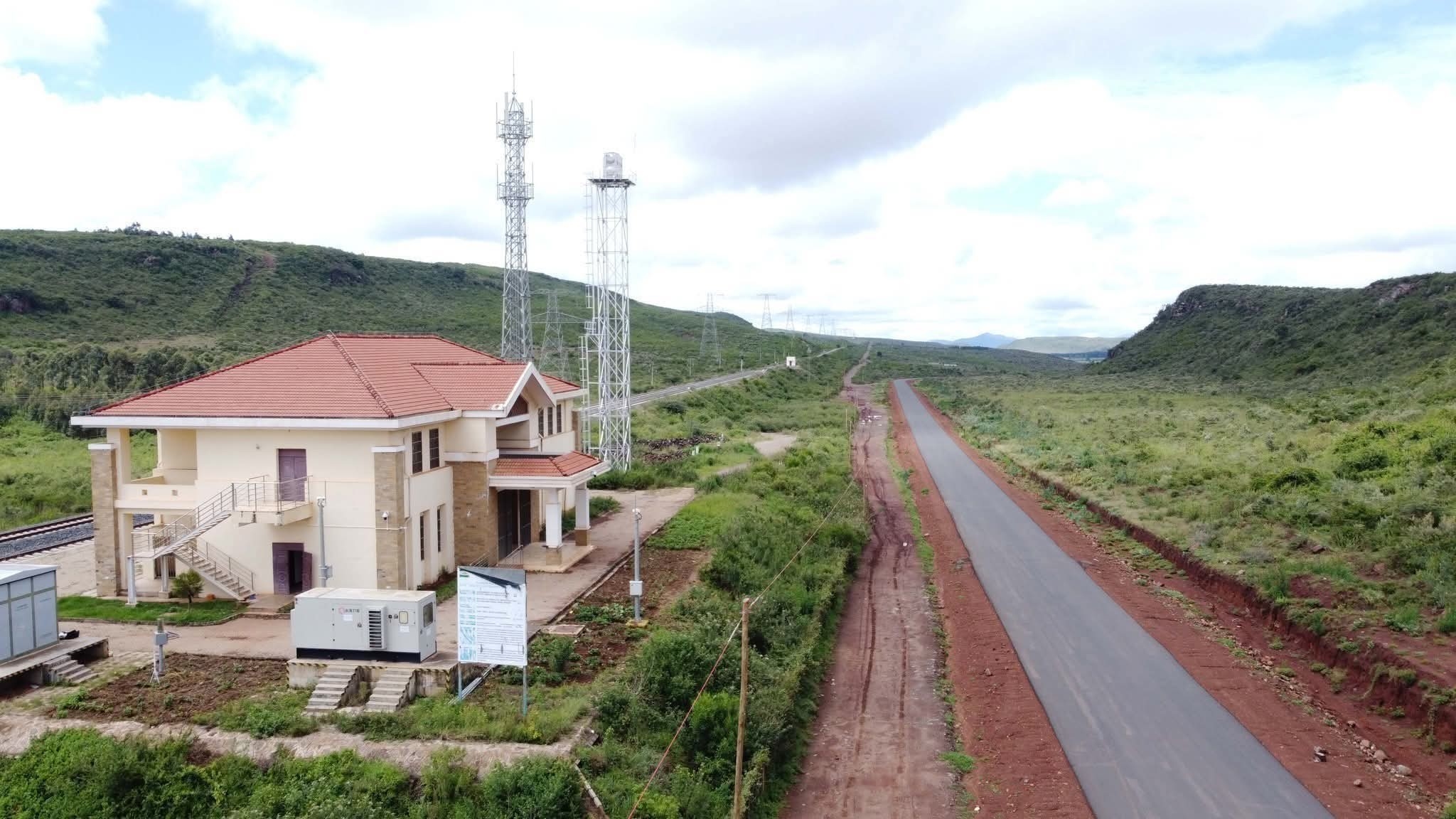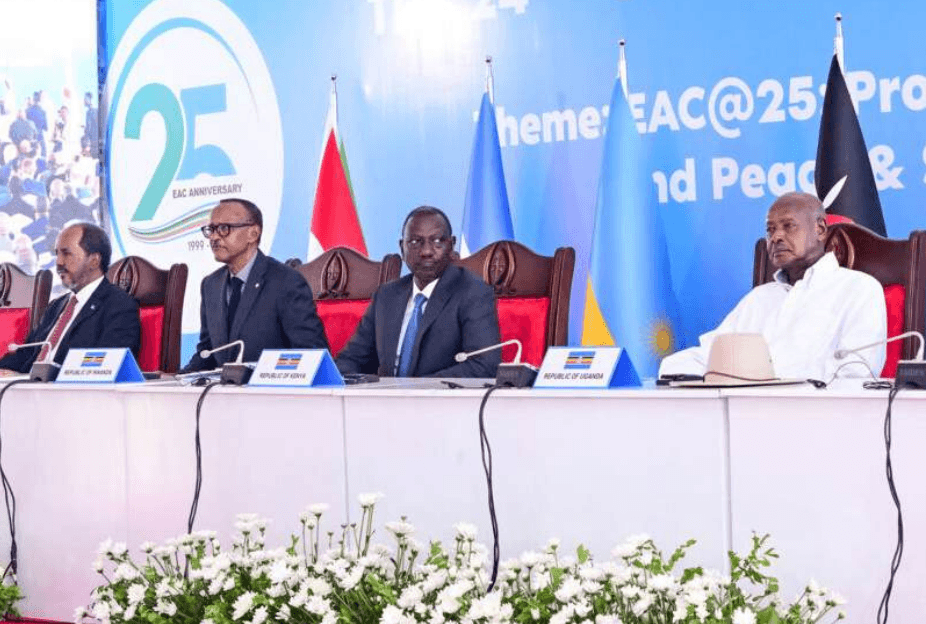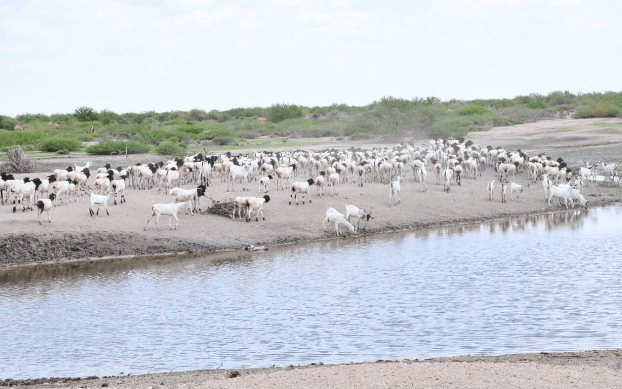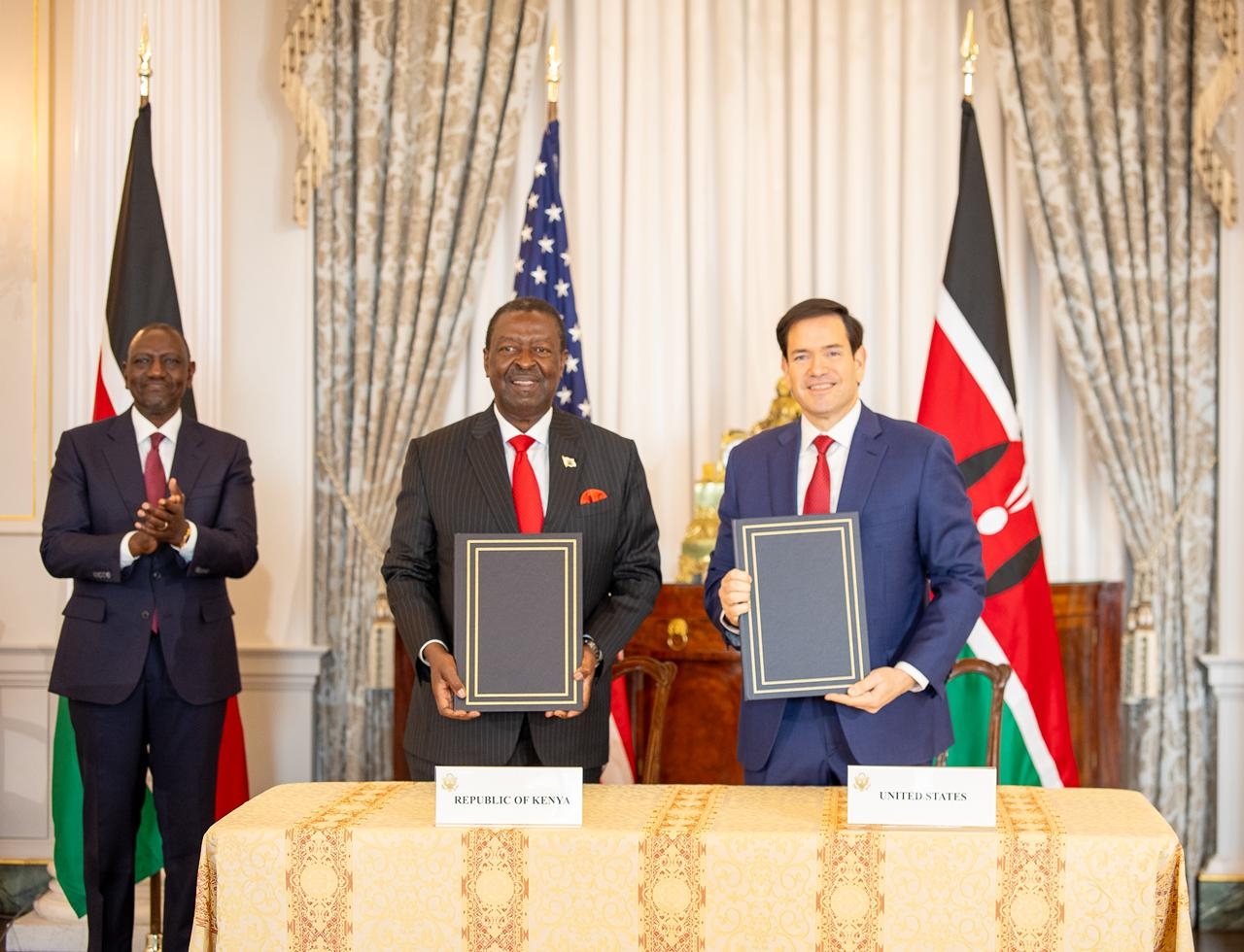At least a quarter of all Kenyan teenage girls experience physical, sexual or both kinds of violence from their lovers by the time they get their national ID cards, a new analysis indicates.
But when you think that reaching legal adulthood helps, the situation only worsens.
The pattern of abuse grows, with more young women reporting violence every year, according to a new analysis from the World Health Organization (WHO).
The cases only subside when women reach 35 years.
The analysis draws data from Kenya Demographic Health Surveys from 2004 to 2015.
“Given that violence during these critical formative years can cause profound and lasting harms, it needs to be taken more seriously as a public health issue – with a focus on prevention and targeted support,” said Dr Pascale Allotey, director of WHO’s Sexual and Reproductive Health and Research department.
The analysis, also published in The Lancet Child & Adolescent Health on Monday, indicates at least 29 per cent of all teenage girls (15-19 years) in Kenya have experienced physical and/or sexual violence.
About 23 per cent say they experienced it in the past one year.
Among those aged 20 to 34 years, about 24 per cent experienced violence from a partner every year.
The figures only drop to 22 per cent from age 35 and 21 per cent from 40-44 years. Among women aged 45-49, about 19 per cent experience violence every year.
The high rates of violence against adolescent girls reflect deeply entrenched inequalities, the report says.
The WHO study also shows Kenya is not on track to eliminate violence against women and girls by the 2030 Sustainable Development Goal target date.
Ending child marriage and expanding girls’ access to secondary education will be critical factors for reducing partner violence against adolescent girls, the report says.
Kenya’s child marriage prevalence decreased from 26.4 per cent (KDHS 2009) to 23 per cent (KDHS 2014).
The KDHS 2022, which did not measure child marriage, shows teenage pregnancy rates declined to 15 per cent in 2022, from 18 per cent in 2014.
“The study shows that to end gender-based violence, countries need to have policies and programmes in place that increase equality for women and girls,” said study author Dr Lynnmarie Sardinha, technical officer for violence against women data and measurement at WHO.
“This means ensuring secondary education for all girls, securing gender-equal property rights and ending harmful practices such as child marriage, which are often underpinned by the same inequitable gender norms that perpetuate violence against women and girls.”
The report titled 'Intimate partner violence against adolescent girls: regional and national prevalence estimates and associated country-level factors', indicates that partner violence harms young people’s health, educational achievement, future relationships and lifelong prospects.
From a health perspective, it heightens the likelihood of injuries, depression, anxiety disorders, unplanned pregnancies, sexually transmitted infections and many other physical and psychological conditions.
While violence against adolescent girls occurs everywhere, the authors highlight significant differences in prevalence.
The worst affected regions are Oceania (47 per cent) and central sub-Saharan Africa (40 per cent), for instance, while the lowest rates are in central Europe (10 per cent) and central Asia (11 per cent).
Between countries, there is also a substantive range from an estimated six per cent adolescent girls subjected to such violence in the least affected countries to 49 per cent in those with the highest rates.
The new analysis found intimate partner violence against adolescent girls is most common in lower-income countries and regions, in places where there are fewer girls in secondary school, and where girls have weaker legal property ownership and inheritance rights compared to men.
Child marriage (before the age of 18 years) significantly escalates risks, since spousal age differences create power imbalances, economic dependency and social isolation – all of which increase the likelihood of enduring abuse.
The WHO study highlights the urgent need to strengthen support services and early prevention measures tailored for adolescents, alongside actions to advance women’s and girls’ agency and rights – from school-based programmes that educate both boys and girls on healthy relationships and violence prevention, to legal protections, and economic empowerment.
Since many adolescents lack financial resources, they can face particular challenges in leaving abusive relationships.
















